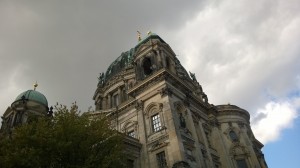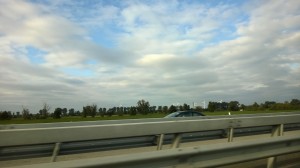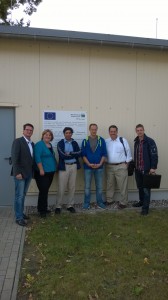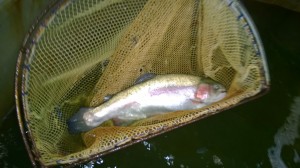We ended our trip in Berlin, Germany. We had time for a quick look at the history of the Berlin wall and a lovely boat ride on the Spree. This 1.5-hour tour follows the Spree River from West to East through the city center of Berlin. The cruise starts next to the beautiful Charlottenburg Palace and brings you along the Spree River through the entire city center.
What we didn’t anticipate was that the Berlin Marathon would be occuring that day and it was near impossible to get out of the city. After lots of “help” from some police officers, we finally found our way to Hamburg for the flight home.
It was a fantastic trip that resulted in a better understanding the the aquaculture industry in Germany and the expansion of contacts necessary to explore joint research and development projects.



































